The Covid Diaries 33, Venice Edition: Historic Padua (Padova)
Tips on what to see and do in Padua. In which I have a splendid day out from Venice, enjoying the sights of this small city in the Veneto region.
Are you wondering what to see in Padua? This post can help! It contains up to date tips from a daytrip from Venice in 2020.
Padua (Padova in Italian) is a city of upwards of 200,000 people situated in the Veneto region. It’s about 30 minutes from Venice by train. Padua traditionally traces its foundation to a Trojan prince, but we know that it is at least Roman. It is famous for its very old university (founded 1222) which counts Galileo as a former teacher. The university also boasts the first female graduate, first anatomy theatre, and oldest botanical garden in the world.
There are a host of other sights like churches, theatres, museums, historic buildings and so on. It’s too much for a single day, so the highlights below are merely my own choices amongst the offerings. Perhaps you will be fortunate enough to have longer to spend here than I did, or perhaps you will try other sights! In either case, I can recommend Padua as a great day trip during a Venetian holiday. There is plenty to see and do, and the large student population gives it a relaxed and friendly feel.
A final note before I launch into the main part of this post. A successful trip to Padua (especially for art lovers) requires a bit of planning in advance. One of the main draws, the Capella dei Scrovegni, must be booked at least a day ahead of your visit. Check out the details here. The website is so old and requires so many personal details to book that it can feel like a scam, but it’s legit.
What to See in Padua: Capella dei Scrovegni
Can I go?
Yes! Please do – it’s a must see sight in Padua. This is the one that requires booking in advance. As such, it will likely form the basis of planning the rest of your trip to Padua. The Capella dei Scrovegni is all that now remains of a luxurious palace built by banker Enrico Scrovegni on the site of the Roman arena of Padua. Some of the ruins are still very visible next to the chapel but you can’t currently get up close. Enrico wanted a combined private chapel and funerary monument for himself and his wife; he commissioned Giotto, who was nearby working on the Basilica of St Anthony, to do the decoration.
The result is an absolute masterpiece of Western art. Giotto’s frescoes, painted between 1303 and 1305, tell the main bits of the New Testament in three tiers. There are also some bonus frescoes below and at the end of the chapel. From the top, there are scenes from the life of the Virgin, the life of Christ and the Crucifixion. Below these narrative scenes there are a series of virtues and vices painted in grisaille. And on the end wall of the chapel there’s a great scene of the Last Judgement with souls on their way to Heaven and Hell respectively.
Capella dei Scrovegni Continued: An Art Historical Treasure
So everything you need to learn about man’s salvation and achieve everlasting life is in here. But what is even more important is the chapel’s place in art history. Giotto’s frescoes for the Capella dei Scrovegni are a masterpiece of the proto-Renaissance period. Rather than the flat depictions and plain gold backgrounds of his contemporaries, there is a realism to the frescoes. The way that emotions and physical space are depicted somehow makes it a lot more immediate. ‘Reading’ through the lives of Mary and Jesus and arriving at the shirt-rending angels and wailing mourners of the Lamentation scene is still affecting after so many hundreds of years. It’s really wonderful and something that is a privilege to see for yourself.
Luckily, the Capella dei Scrovegni was pretty much set up for social distancing already. To protect the frescoes, humidity has to be controlled. This means a very strictly timed ticket which you must arrive in advance of to allow you time to figure things out, store your bag and head to the chapel. Next is an anteroom where groups of 15 watch a 15 minute video on the chapel’s history and art. And finally you are allowed in for 15 minutes to see it for yourself. They are very practiced at this so it’s all very easy and low fuss.
What to See in Padua: Musei Civici / Civic Museums
Can I go?
Yes! In fact if you’ve been to the Capella dei Scrovegni, you likely already have a ticket.
I recently wrote about ‘bundled’ museum tickets. This is where the majority of visitors only want to go to one site, but end up with tickets for one or more others in order to increase the tourist numbers at the ‘lesser’ sites. Well, the Capella dei Scrovegni is another such place. On Mondays the civic museums are closed so you can get a ticket just for the chapel. But any other day of the week your ticket comes combined with one for the Museo Eremitani (archaeological and art museum) and the Palazzo Zuckerman (decorative arts).
Musei Civici Continued: ‘Bundled Museums’ You Can Pick and Choose From
Wonderfully, these museums are nice and big and spaced out. So unlike the Museums of St Mark’s Square, you do not find yourself wishing you’d skipped certain parts… The Museo Eremitani takes its name from the former monastery in which it is housed (eremitani = hermits). So it occupies two floors around a central courtyard/cloister. I didn’t go to the archaeological museum section, but did go upstairs to the Pinacoteca which has a very nice collection of medieval and Renaissance art. I also had a look around the Lapidarium, ie. the courtyard where they keep all the old bits of stone.
It was peaceful and interesting, and the museum staff were very friendly and welcoming. So it’s well worth at least a quick look in my opinion. There are maximum capacities stated per room around the museum so that you can self-police your social distancing.
I didn’t go to the Palazzo Zuckermann because my interest in decorative arts was not strong enough for me to take the time out of my busy day of sightseeing. But if that’s your jam then by all means go and see it while you’re in Padua.
What to Do in Padua: Palazzo del Bo, University of Padua
Can I go?
Yes, on a guided tour. There seems to be one per day in English (Monday to Friday at least) so check in advance. You can reserve a ticket online or at the ticket office within the Palazzo.
As I mentioned earlier, the University of Padua dates back to 1222. The oldest part of the university buildings is the Palazzo del Bo, which translates to ‘Palace of the Bull’. This is a reference to an inn which the university took over in 1493 and has occupied ever since. Unsurprisingly, then, the most historic aspects of the university are concentrated here. They can be visited on a 45 minute tour which is very informative. It also works quite well with social distancing as it means a smaller group size and more space to see some of the most cramped sites one household at a time.
The first thing you notice when you come into the Palazzo are all of the heraldic crests. They line the walls and ceilings around the central courtyard. Students who held high offices (rectors I think? Or chancellors? Can’t quite remember…) all put up their coats of arms. So those who didn’t have one as they came from more modest families just invented one on the spot which makes it an interesting place for heraldic experts.
After admiring a few of these you next go through to a great hall which was the inn’s dining room. It was later used by students of law (law and medicine being the subjects of historic importance at the university). Interestingly, Gio Ponti was commissioned to help renovate the hall and other important spaces in the Palazzo in the 1930s-40s. So there is an interesting blend between properly historic elements and sleek mid-20th Century design in the furniture, speaker’s podium etc. The portraits of illustrious former students also date from this period, while the large wooden pulpit/platform in the anteroom was apocryphally built for Galileo. It’s actually older than his time in Padua.
University of Padua Continued: The World’s First Anatomy Theatre
Moving on, you then come to the ‘anatomical kitchen’ and anatomy theatre, the first in the world. The school of medicine at the university began to have access to bodies of executed foreigners in the 16th Century. They had so many that it was worth building a permanent space for dissections. The ‘kitchen’ part was for preparation which apparently included boiling the bodies (yuck, why?). And the theatre itself, inaugurated in 1595, is tiny. Several steep rows of galleries with high barriers prevented those who fainted falling down into the next tier. Visitors can pop into the theatre and get a candlelit view from the perspective of a dissected body; it’s very atmospheric and a lot of fun!
The last couple of stops consist of the graduation rooms of the faculties of law and medicine respectively. The decoration reflects their subject matter. This is followed by a final stop at a statue of Elena Lucrezia Cornaro Piscopia, the world’s first female university graduate, who obtained a degree in philosophy in 1678. That the subject was philosophy was a bit of a compromise; she had originally written her thesis on theology, but this was pushing things too far for the bishop who had final say on who was allowed to graduate. So she changed it a bit to get it over the line.
What to See in Padua: Orto Bortanico / Botanic Garden
Can I go?
Yes you sure can.
Linked to the university but a separate site to see is the Orto Botanico or Botanic Gardens of Padua. Again this is a world first, this time the world’s first university botanic garden, founded in 1545. The original purpose was therefore mainly plants with medicinal uses. This is also a place to which many new species were brought as the New World was discovered, and certain plants subsequently spread throughout Europe from this spot.
Orto Botanico Continued: Goethe Was Here
The earliest, walled part of the garden still retains its original layout. Although at the end of summer when I visited the various sections were looking a little scruffy and not quite as nicely geometric as on the map I was holding in my hand. This part features many ‘oldest’ plants, including a palm of some kind which inspired Goethe when he saw it. It still lives many hundreds of years later to inspire others who find scruffy palms to be interesting. There is also a big modern section of different environments in sort of greenhouse spaces, like a tropical rainforest, Mediterranean section and arid section. This has more educational information and looks very sleek and impressive in contrast to the older part.
It was so hot when I visited that I kept having to sit down and recover every few minutes. But it’s definitely a nice spot to spend an hour or two. On the other hand this may be where I got several of the mosquito bites I was still scratching as I wrote this review, so be careful.
What else can I see?
Well, there’s another blog post on churches in Venice and Padua so I won’t go into too much detail here. But I visited both the Eremitani church and Basilica of St Anthony, the latter also known as il Sacro. I probably shouldn’t say this as it’s not appropriate but I had a lot of fun at il Sacro. It it is a major pilgrimage church so it’s a whole hive of activity, with all the church buildings still in active use.
The inside is a jumble of different styles of art as everyone tried to do some good work to get into heaven. And you really have to go and have a look at the gift shop. The thing I found most interesting in the Eremitani is that it was pretty badly bombed during World War II but has done an interesting job of reconstructing some important frescoes by Andrea Mantegna.
There’s also an astronomical observatory, which locals often connect with Galileo but which was not there during his time. Unfortunately it’s still closed due to coronavirus.
Final Thoughts
Other than that, what you will see in Padua are other museums, a load more churches, some nice parks, and good spots along the main street to have an afternoon aperol spritz. I almost forgot but there is also a big square (or oval in this case), the Prato della Valle. It’s apparently Italy’s biggest or even Europe’s biggest square, but I was a bit underwhelmed. Worth coming to mainly as a spot to sit and have some lunch or rest for a while.
If you see this after your page is loaded completely, leafletJS files are missing.

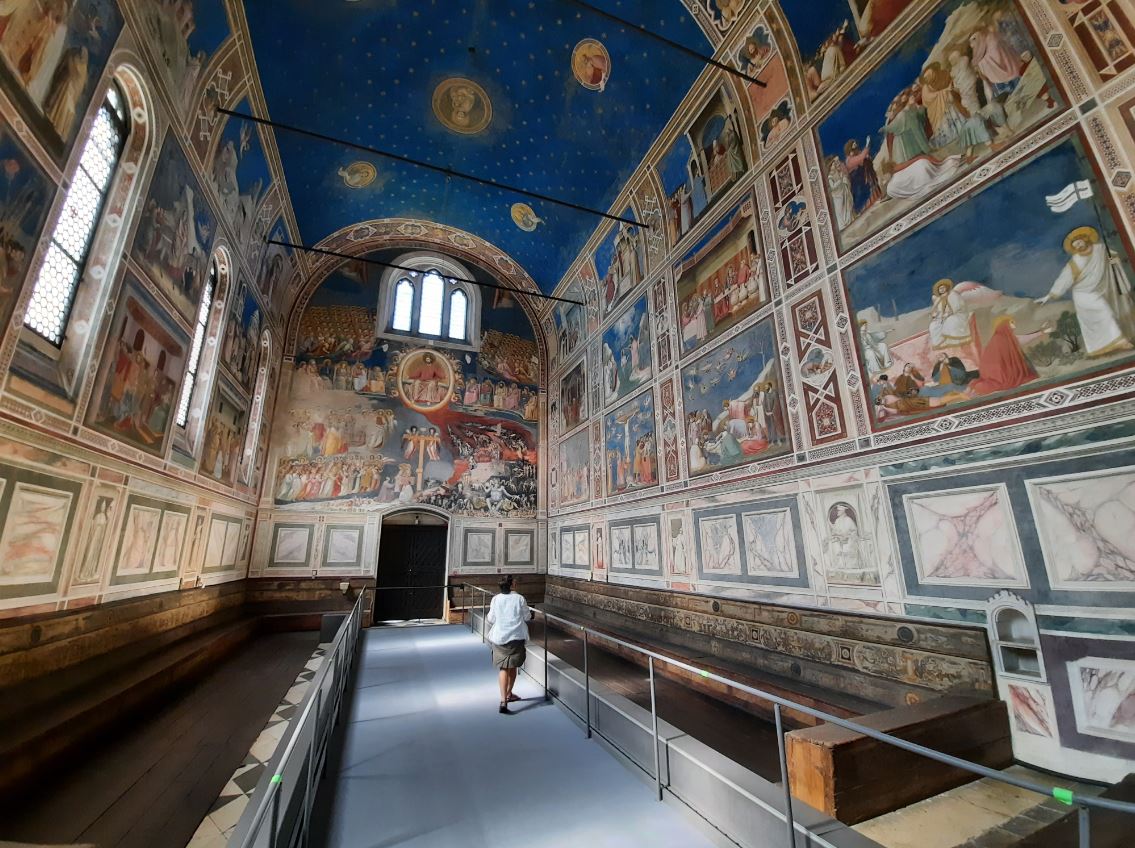
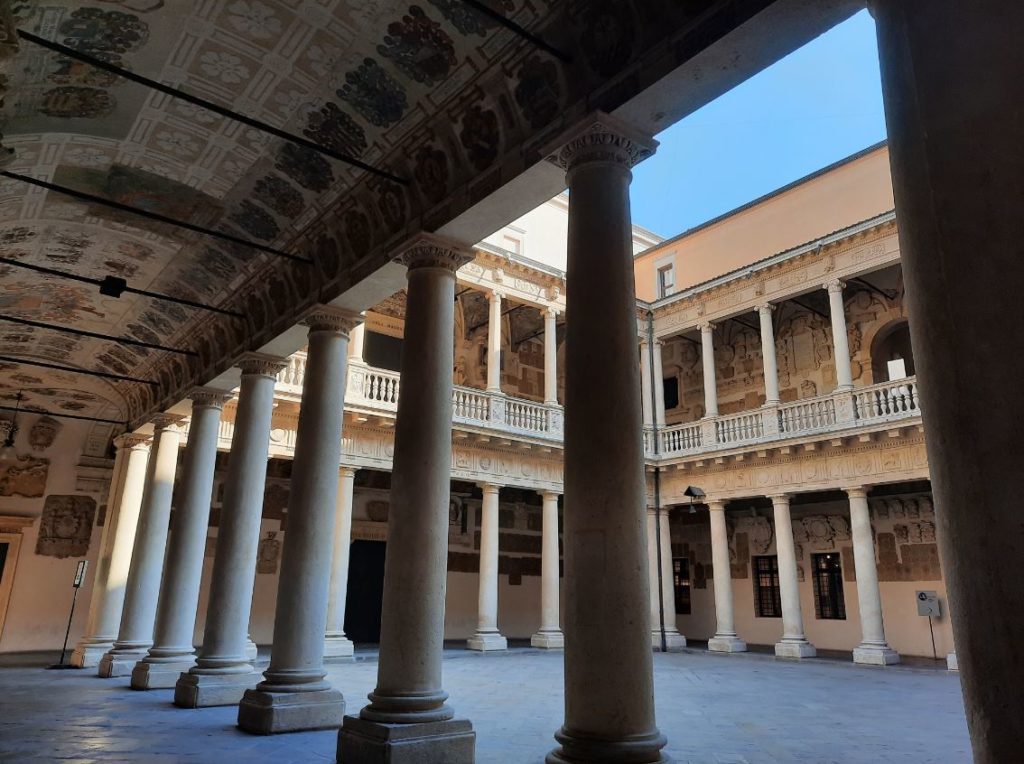
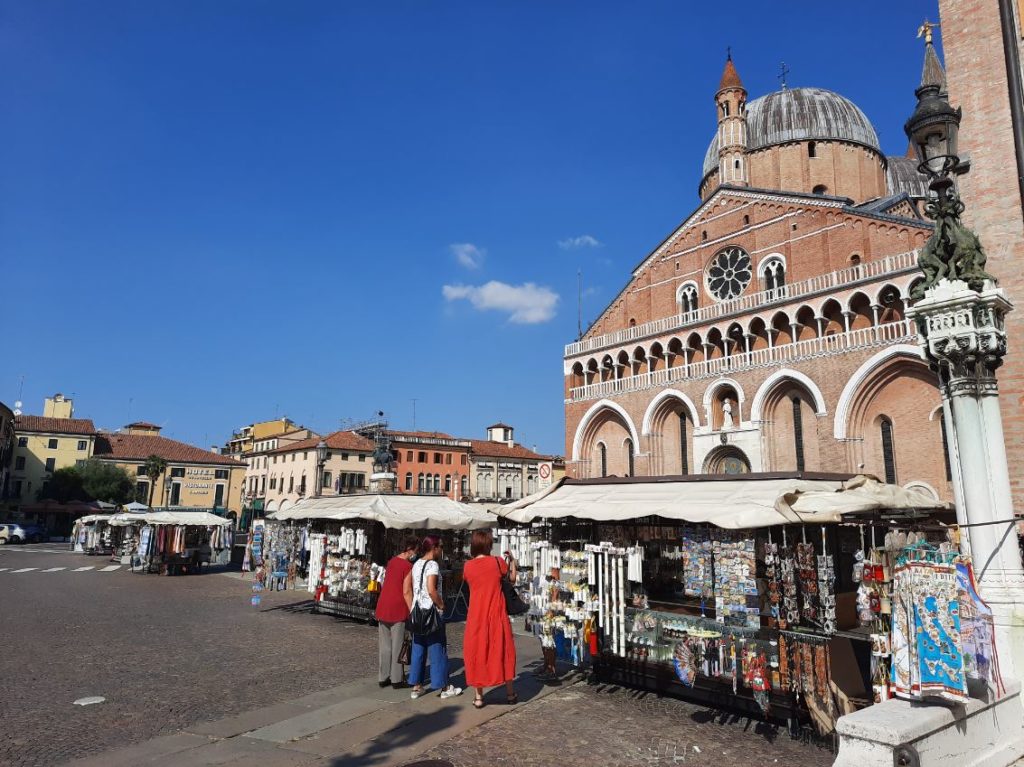




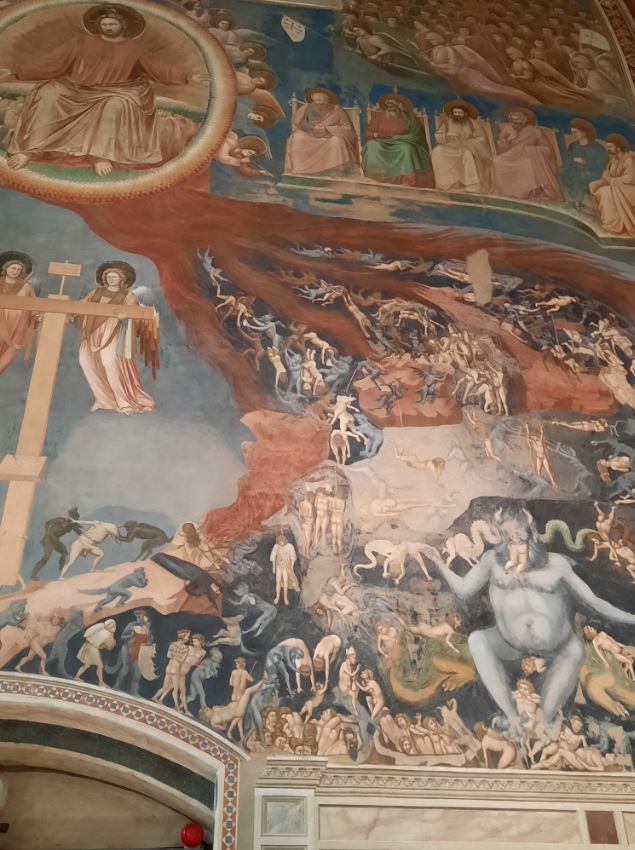
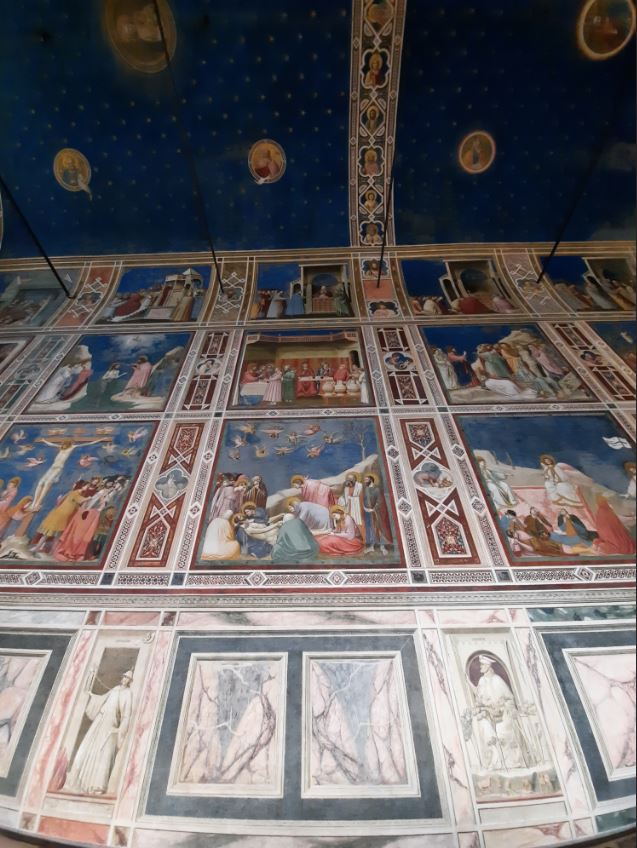
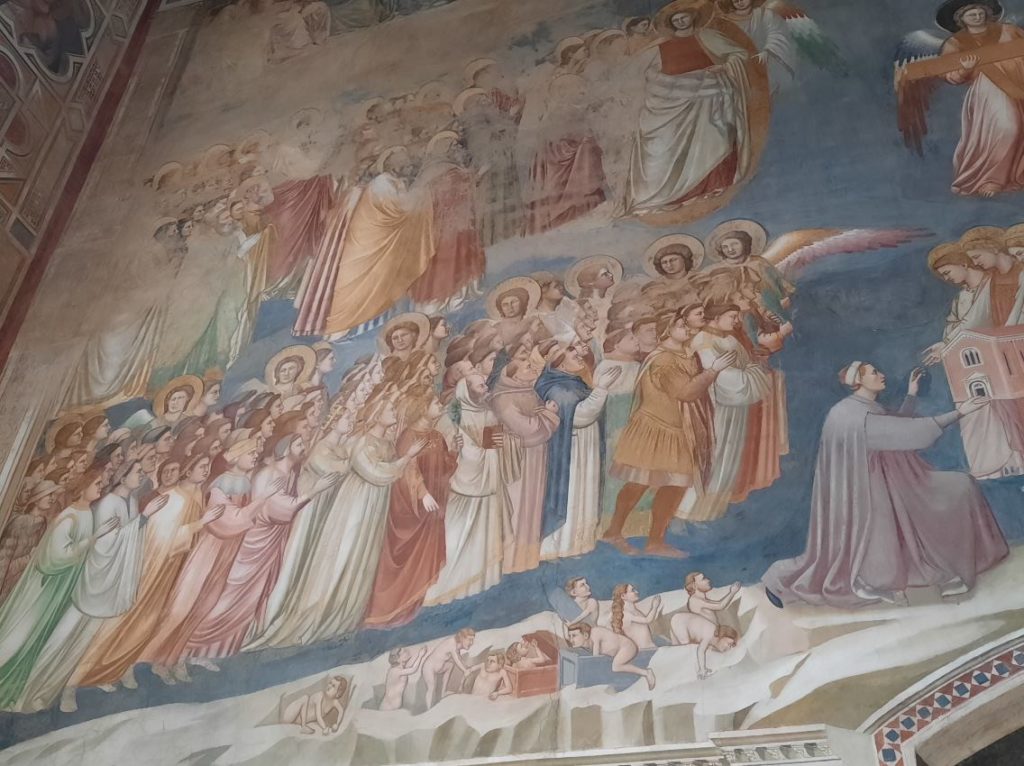
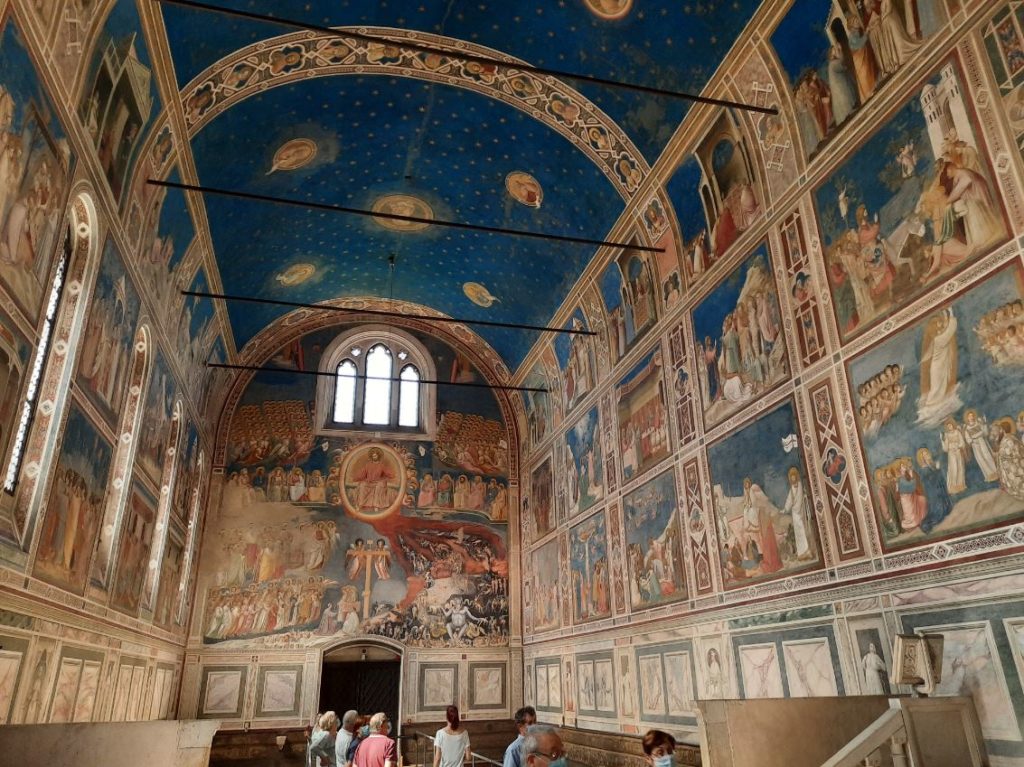
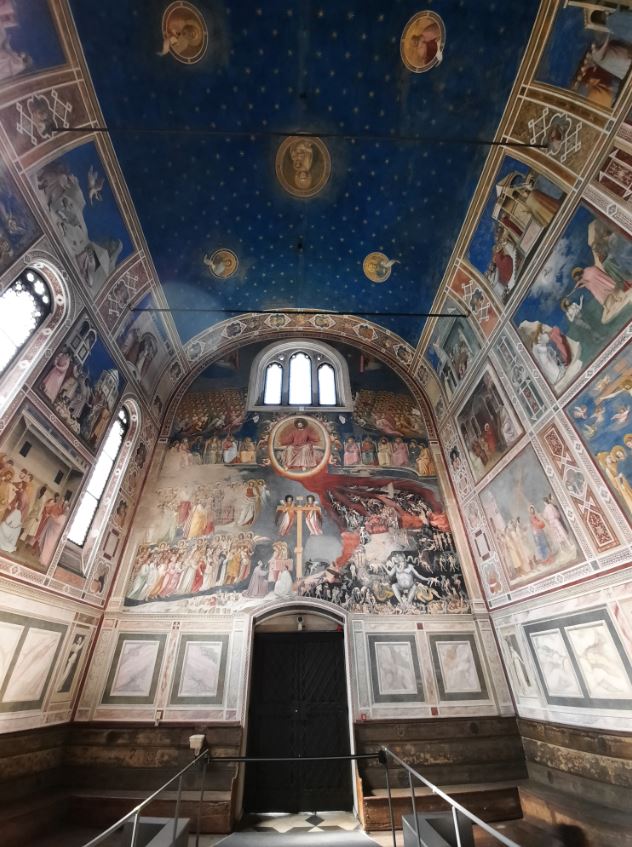
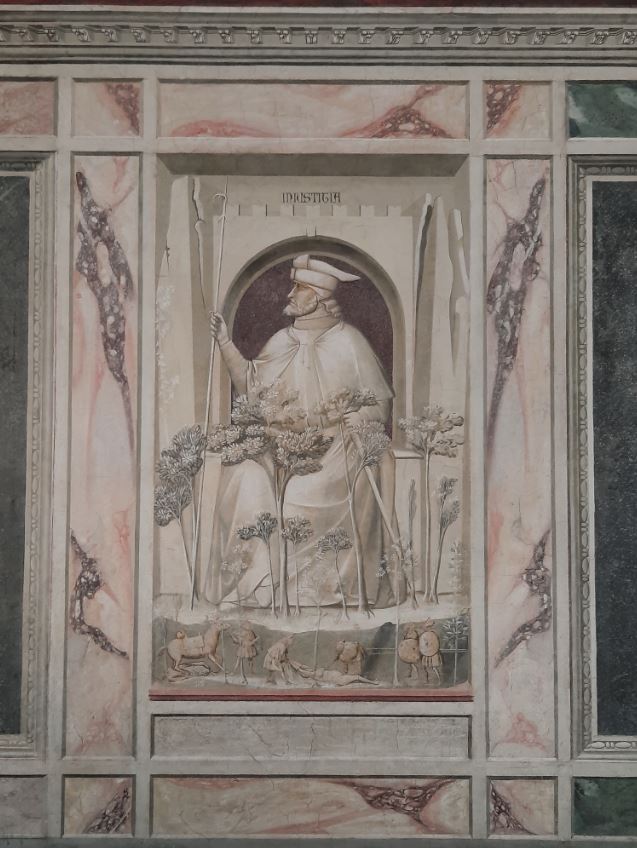
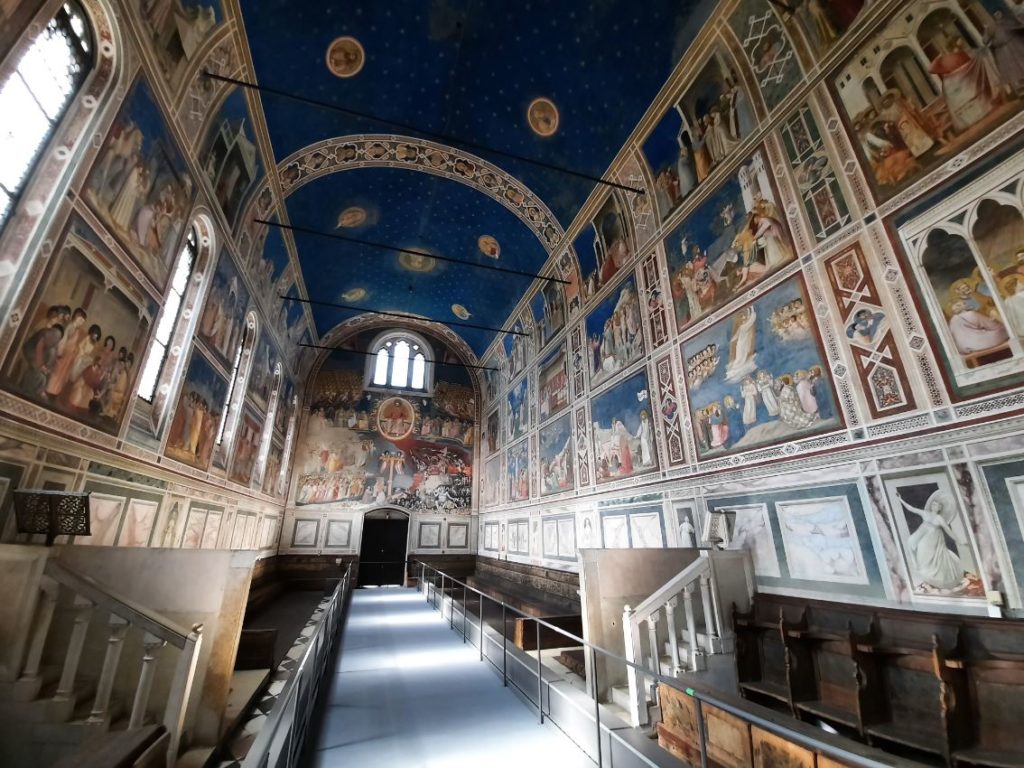
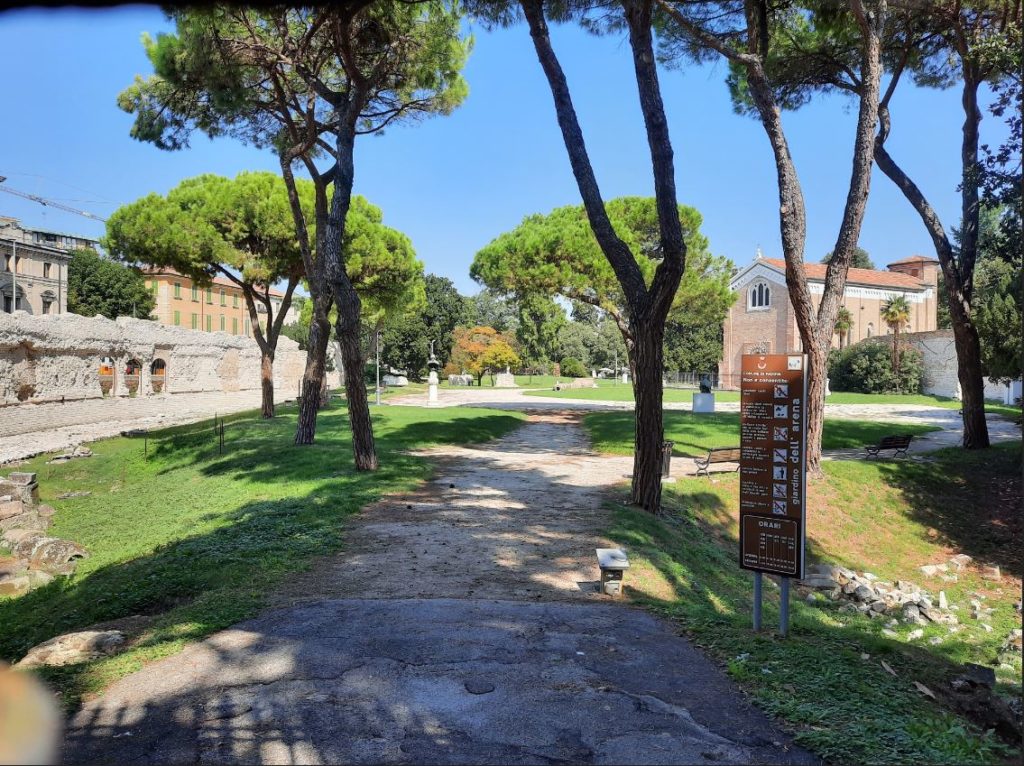
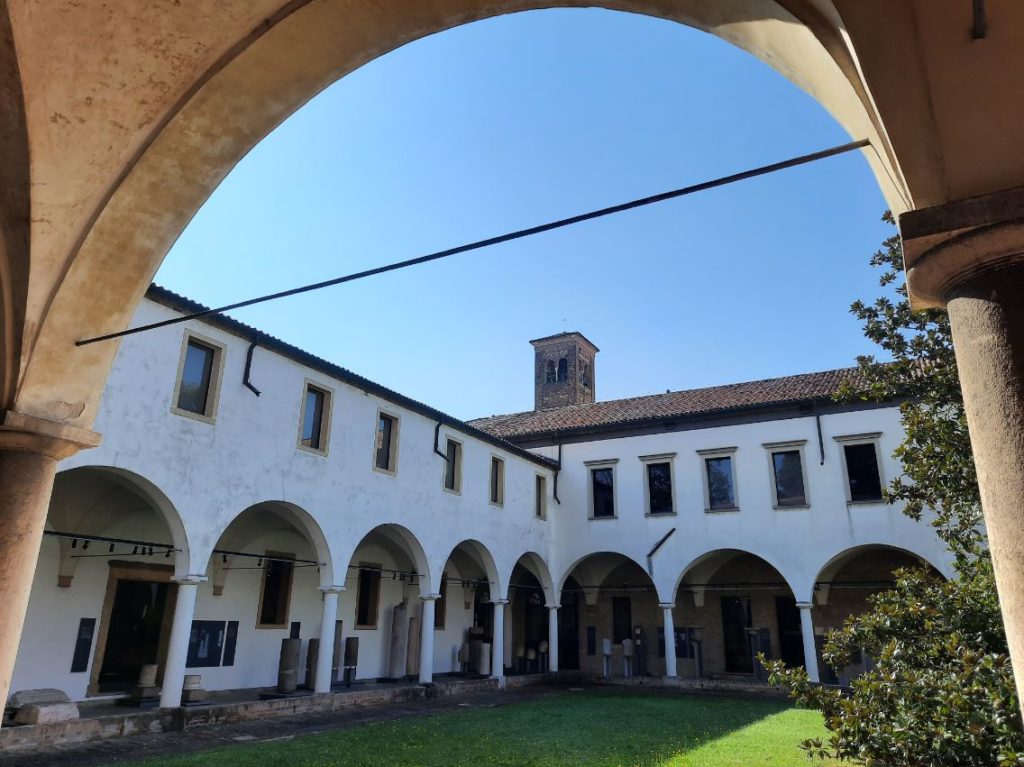
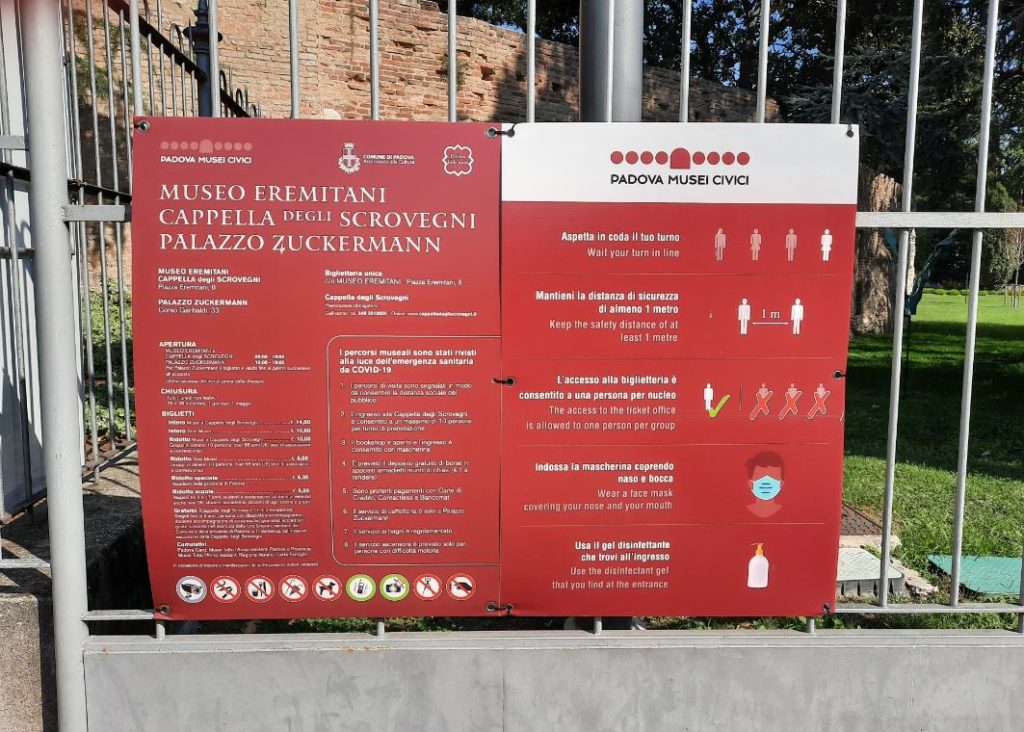
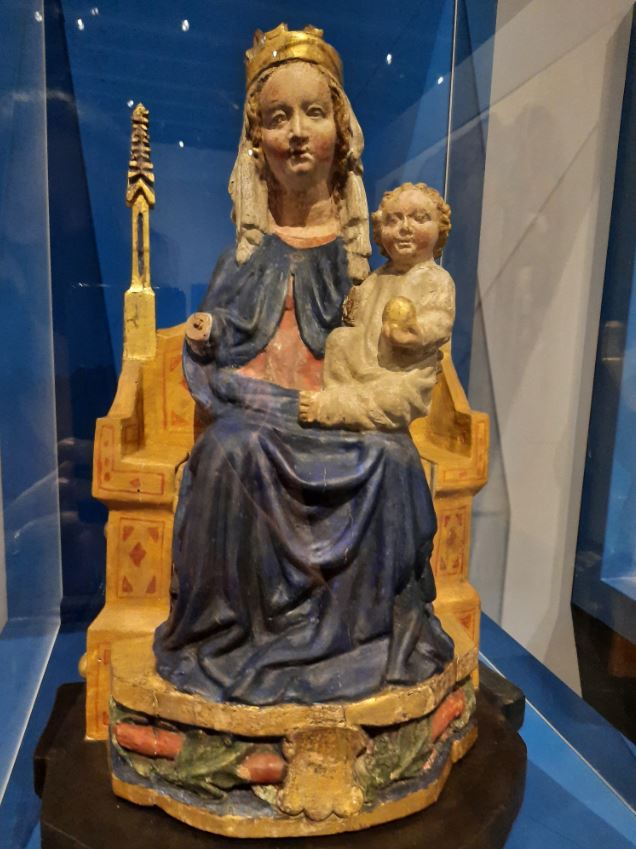

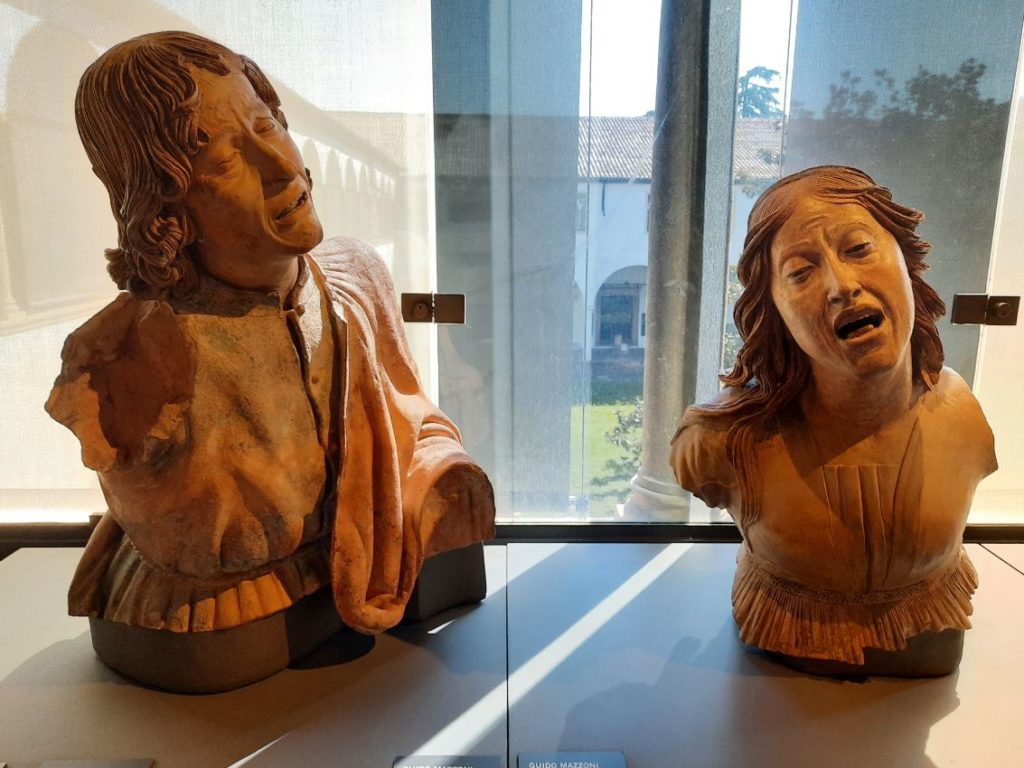
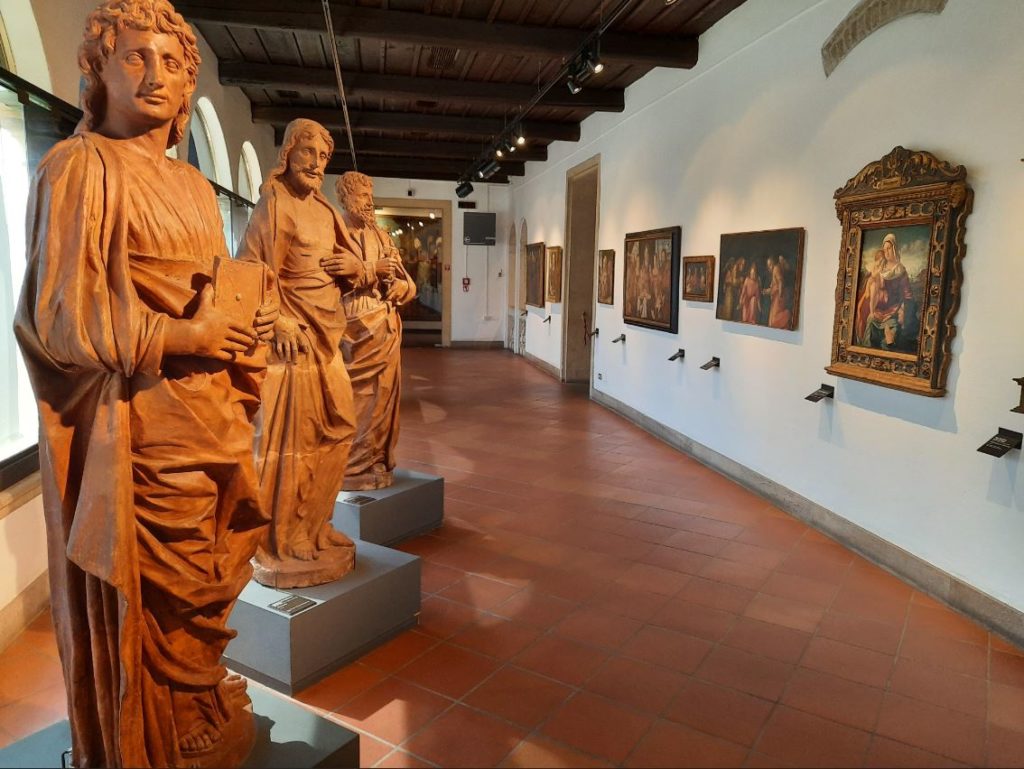
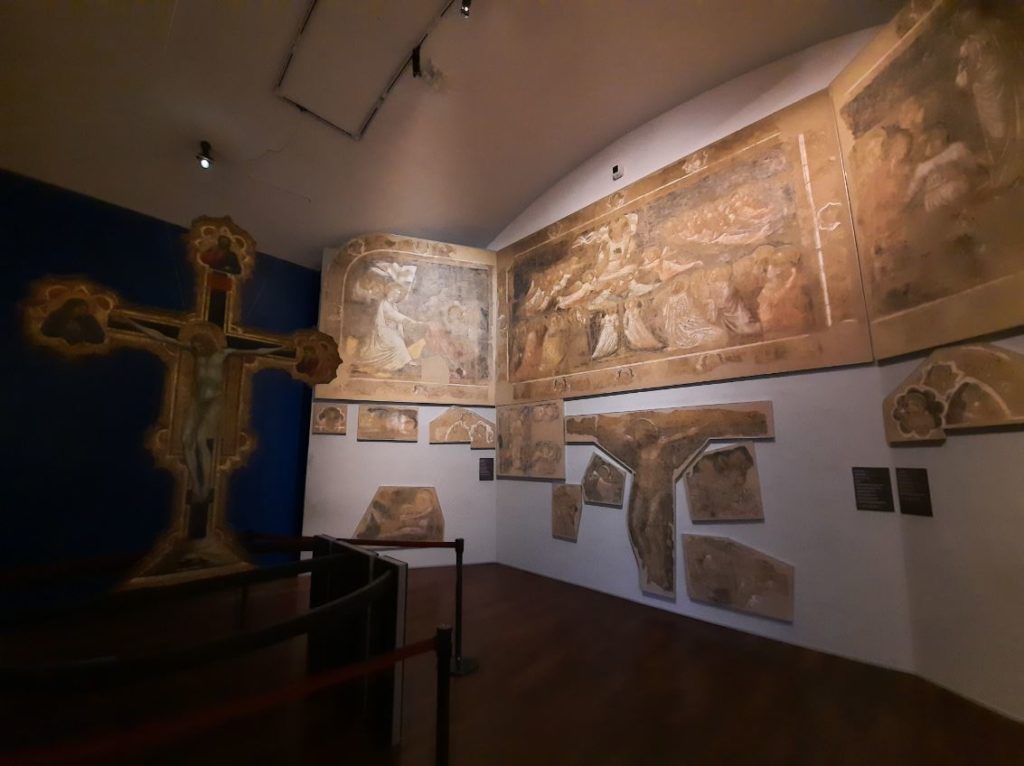



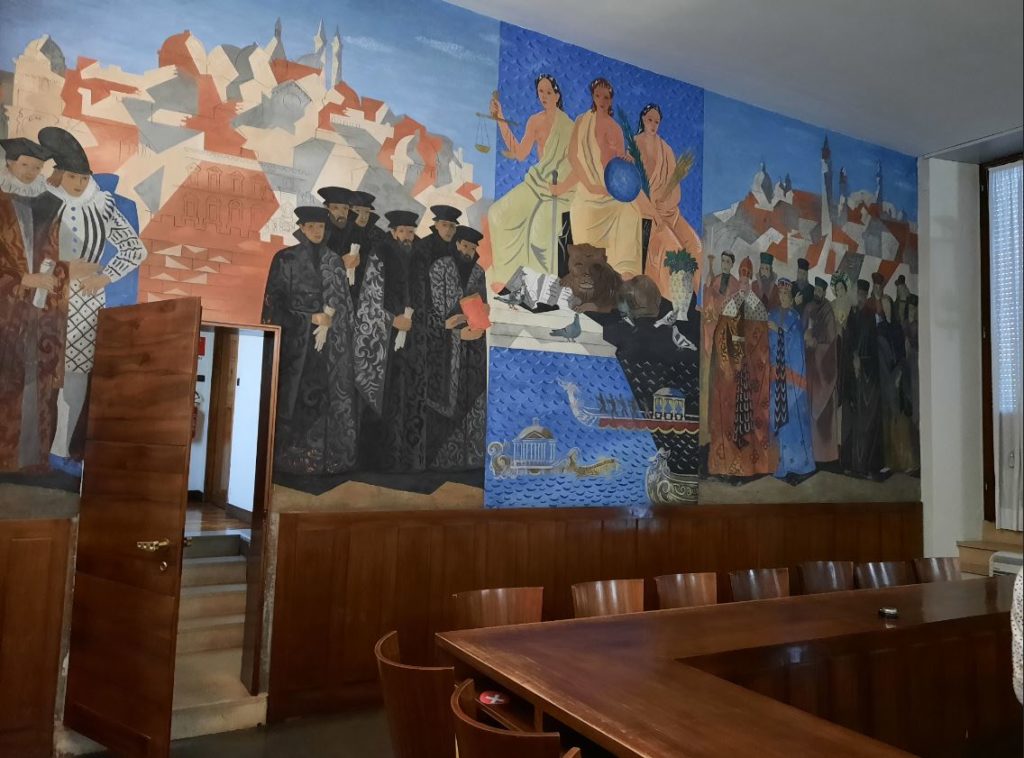
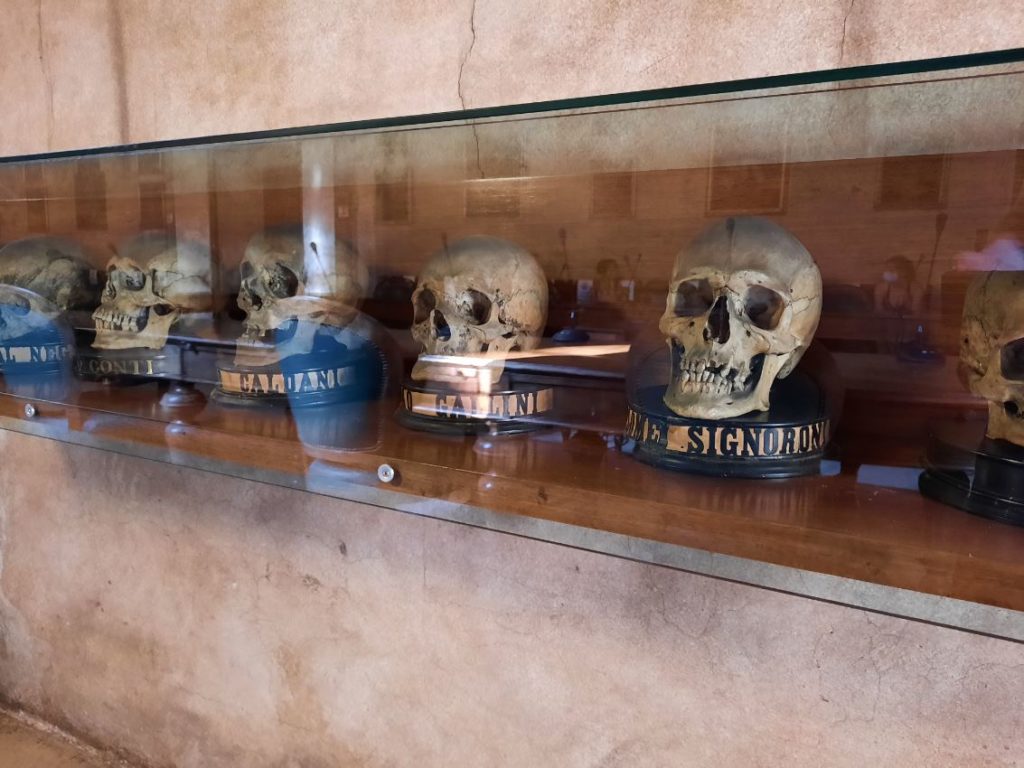




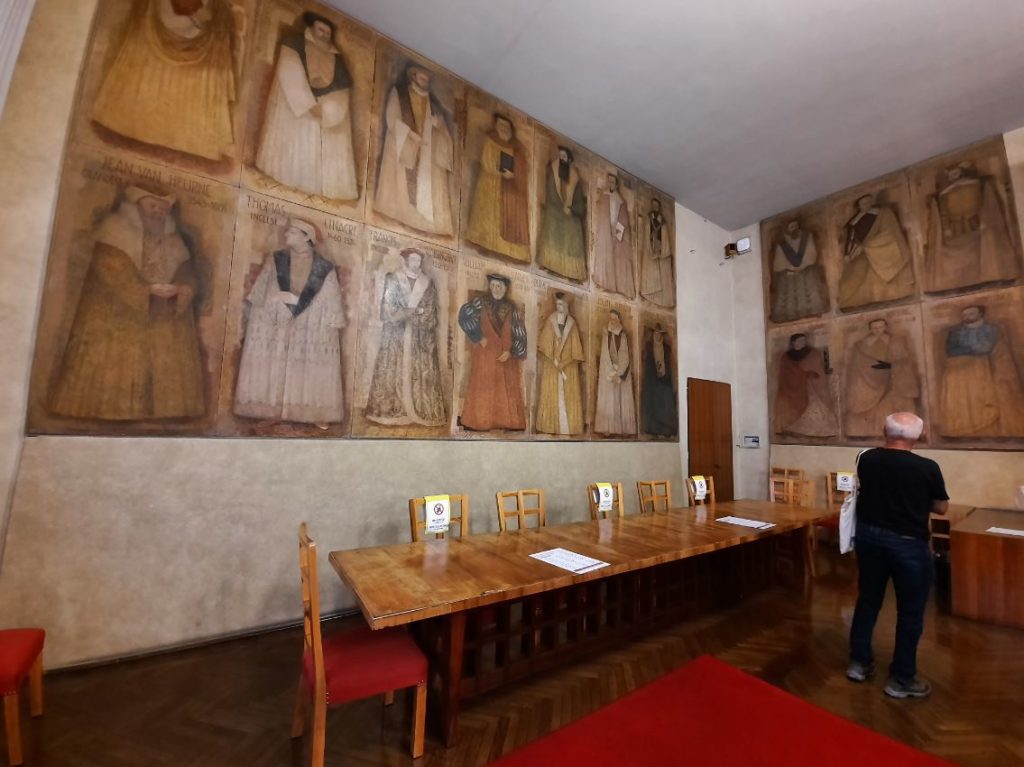
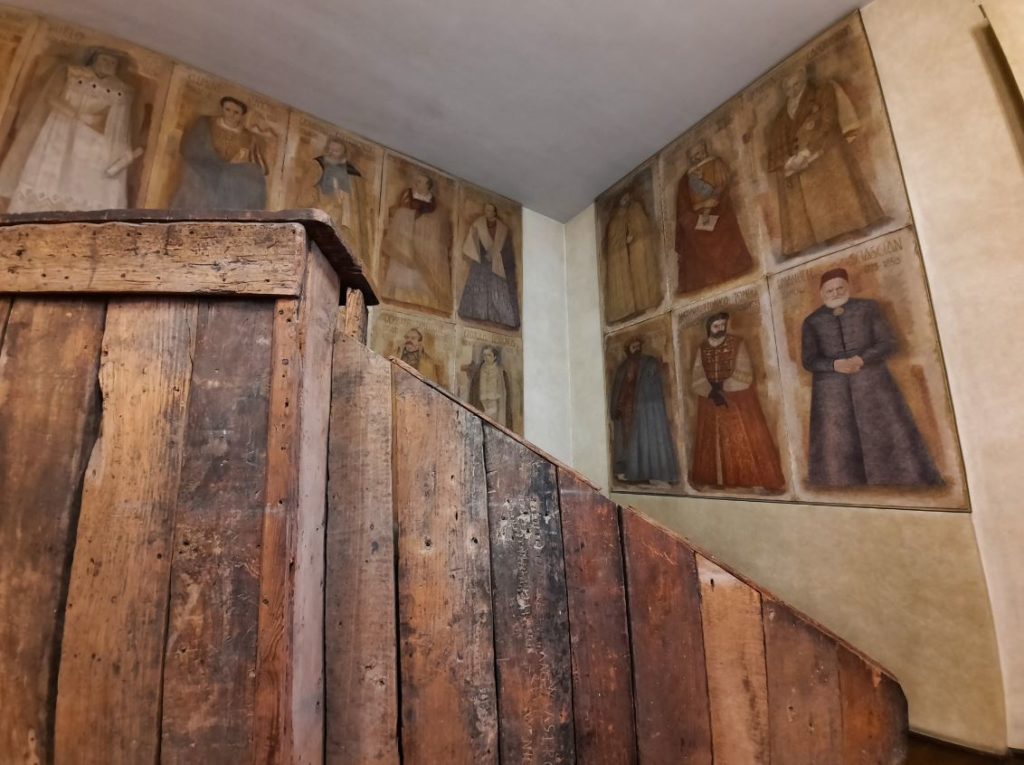
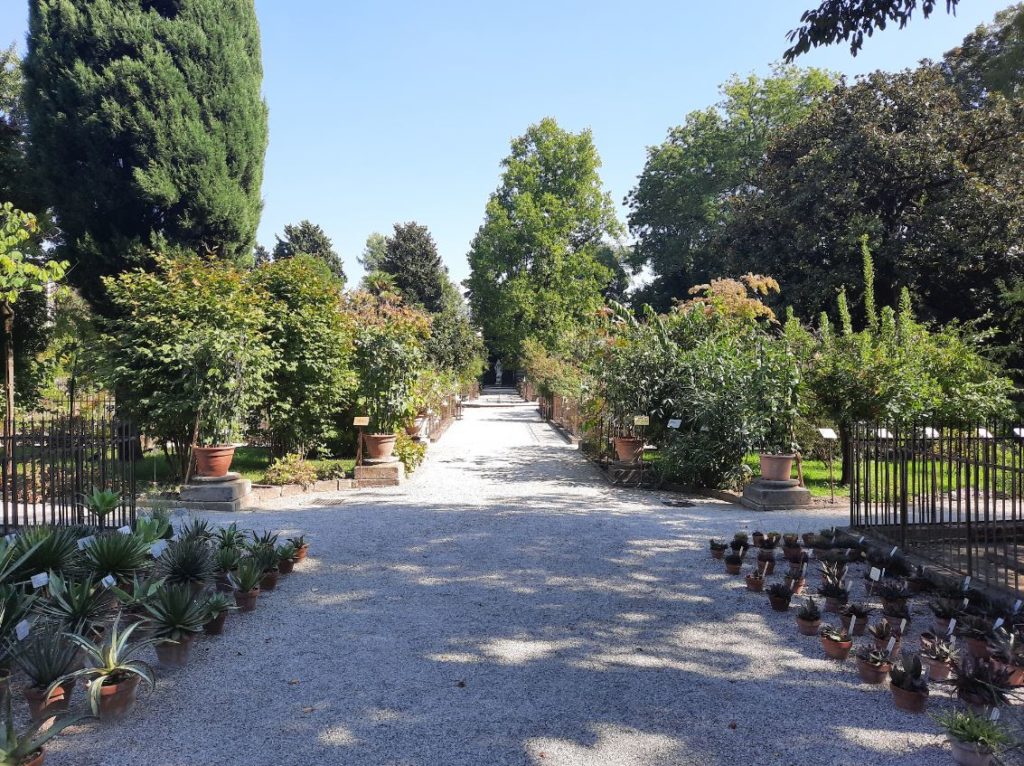
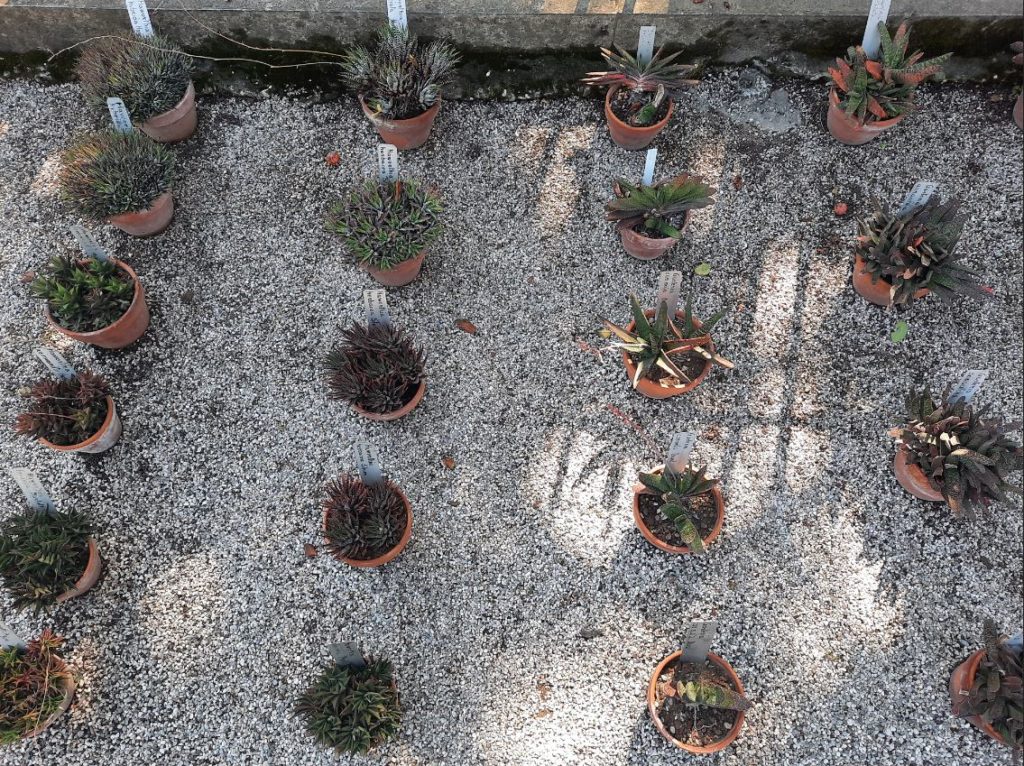


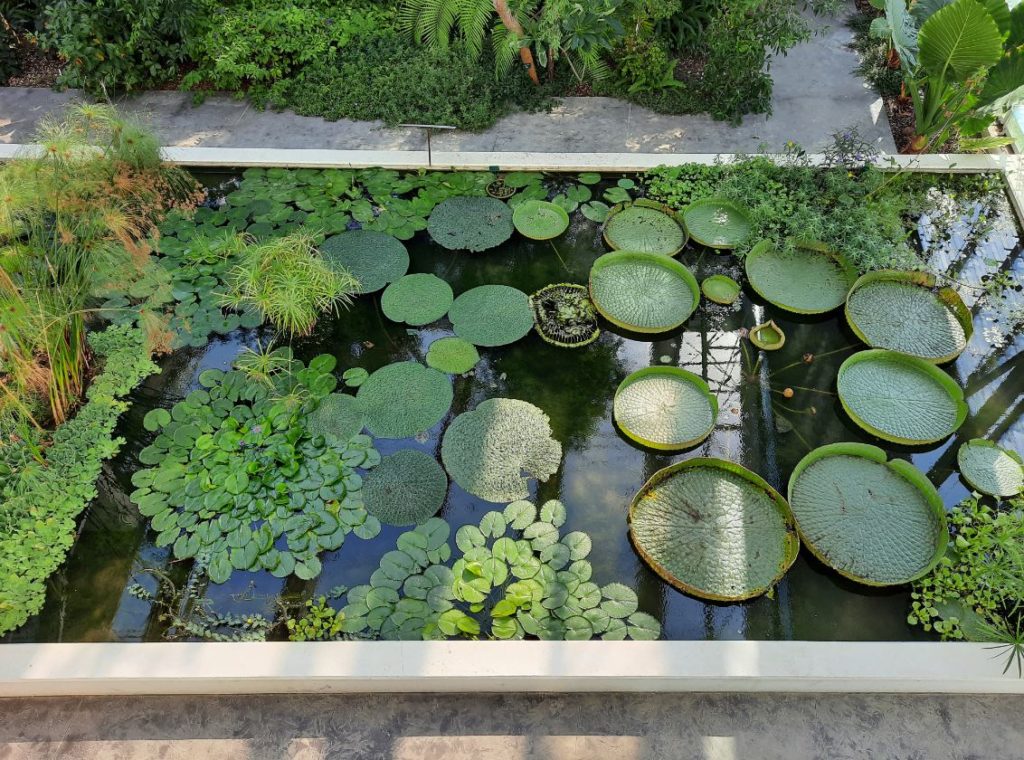

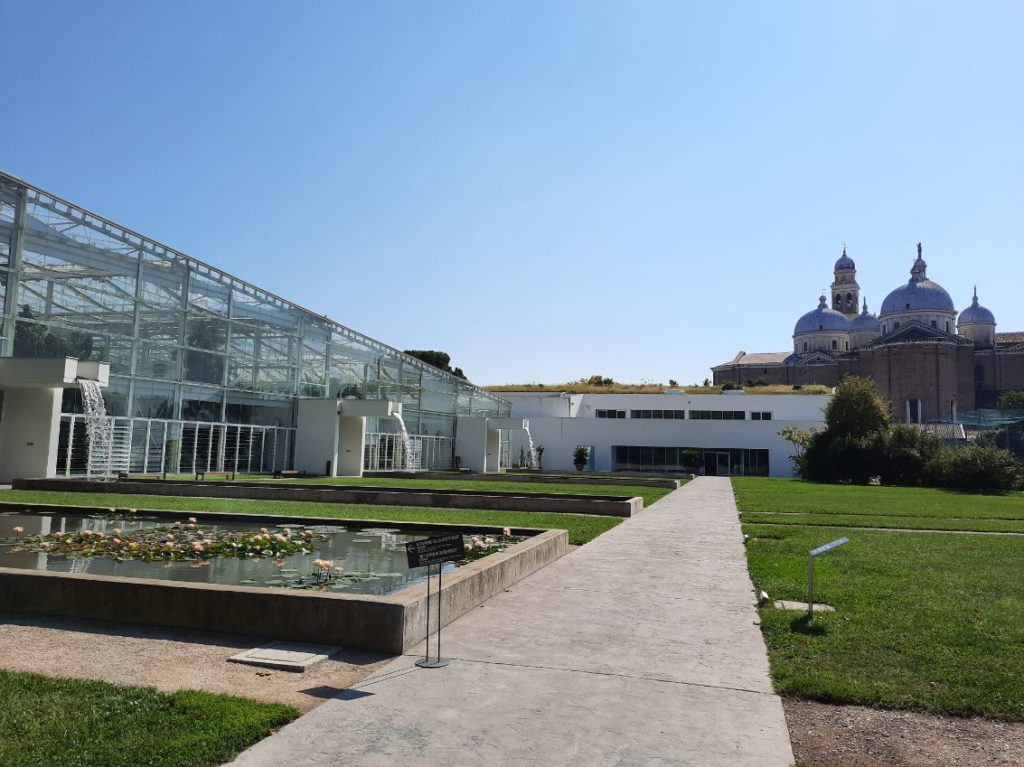

2 thoughts on “The Covid Diaries 33, Venice Edition: Historic Padua (Padova)”